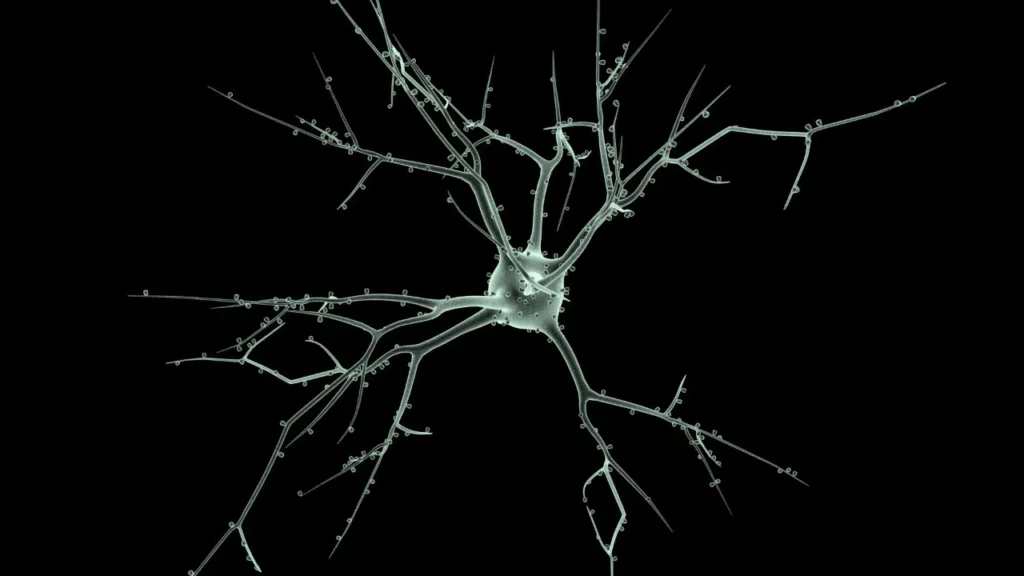In recent studies, there has been an increase in interest in nootropic substances that can help improve cognitive performance, such as alertness and focus. Apoaequorin is a popular supplement due to its possible cognitive advantages. The nature of apoaequorin, its health advantages, optimal dosage, potential side effects, substance interactions, and responsible use will be examined thoroughly in this article.
You May Also Like:
Horbaach Lion’s Mane Mushroom Extract Reviews: A Leading Herbal Nootropic Product
Apoaequorin: Benefits, Dosage, Side Effects, Drug Interactions, And Other Important Information is an original (NootropicsPlanet) article.
Nature of Apoaequorin
Apoaequorin is a protein derived from aequorea victoria, a bioluminescent jellyfish. Osamu Shimomura, who earned the Nobel Prize in Chemistry in 2008 for his work on this protein, discovered it in the 1960s. When exposed to calcium ions, apoaequorin, a calcium-binding protein, produces a blue glow. Due to this feature, it is valuable for research and diagnostic reasons, such as monitoring calcium levels in cells.
Health Benefits of Apoaequorin
Apoaequorin has been promoted as a nootropic substance capable of improving cognitive health. Apoaequorin is said to have the following health benefits:
- Improved Memory: Apoaequorin has been found to improve memory recall in healthy individuals. A research published in the Journal of Clinical Psychopharmacology discovered that participants who took apoaequorin had significantly better recollection of words than those who took a placebo.
- Improved Alertness: Apoaequorin has been demonstrated to improve alertness and decrease mental weariness. According to a study published in Nutritional Neuroscience, participants who took apoaequorin improved their ability to focus and concentrate for longer periods of time.
- Tension and Anxiety Reduction: Apoaequorin has been proven to have anxiolytic properties, which means it can alleviate feelings of anxiety and tension. According to a study published in the Journal of Dietary Supplements, participants who took apoaequorin had significant reductions in anxiety when compared to those who took a placebo.

Chemistry of Apoaequorin
Apoaequorin is a 193 amino acid protein with a size of 22 kDa that binds calcium. It belongs to the calcium-binding protein EF-hand family, which is distinguished by the presence of helix-loop-helix structures that bind calcium ions.
Apoaequorin’s three-dimensional structure is made up of three domains: the N-terminal domain, the central domain, and the C-terminal domain. The N-terminal domain is in charge of calcium ion binding, whereas the central domain is in charge of apoaequorin’s bioluminescent abilities. The C-terminal domain is important in the creation of dimers, which are required for apoaequorin to function properly.
The presence of a prosthetic group called coelenterazine, which is a cyclic tetrapeptide generated from the amino acid histidine, is responsible for apoaequorin’s bioluminescent abilities. Coelenterazine is not naturally present in apoaequorin, but it is added to the protein before use in bioluminescent experiments.
When calcium ions attach to apoaequorin, the protein undergoes a conformational shift that causes coelenterazine to be activated. As a result, blue light with a wavelength of 470 nm is emitted. Apoaequorin’s bioluminescence is very selective for calcium ions and is unaffected by other metal ions such as magnesium, zinc, or copper.
Calcium ion binding to apoaequorin is highly cooperative, which means that binding one calcium ion increases the protein’s affinity for subsequent calcium ions. As a result, the protein binds calcium ions with high affinity at physiological calcium concentrations, resulting in a sigmoidal binding curve.
Apoaequorin is a stable protein that cannot be denatured by heat or chemicals. As a result, it is an excellent protein for bioluminescent experiments and as a nootropic supplement.
Overall, the chemistry of apoaequorin is complex, involving calcium ion binding and coelenterazine activation to produce bioluminescence. Although the specific intricacies of apoaequorin’s effects on the body and brain are still being researched, the protein’s ability to alter calcium signaling in neurons plays a crucial part in its cognitive-enhancing benefits.
Physiological Properties of Apoaequorin’s Effects on the Body and Brain
The specific physiological effects of apoaequorin on the body and brain remain unknown. It is hypothesized, however, to exert its actions by regulating calcium signaling in neurons. Calcium is a signaling chemical that is crucial in neurons and is involved in activities such as synaptic transmission, neurotransmitter release, and neuronal plasticity.
Apoaequorin is considered to bind to and sequester intracellular calcium ions, limiting the quantity of calcium available for signaling. This, in turn, can result in decreased neural excitability and increased synaptic plasticity, perhaps improving cognitive function.

Optimal Dosage of Apoaequorin
Apoaequorin currently has no known optimum dosage. However, most research has used a daily dose of 10 mg. It is vital to note that apoaequorin’s effects vary depending on individual factors such as age, weight, and overall health. Before beginning any new supplements, patients should consult with a healthcare provider.
Side Effects of Apoaequorin
Apoaequorin is hypothesized to be safe and well tolerated. Some individuals, however, may encounter minor side effects such as headaches, dizziness, and nausea. These negative effects are usually transient and disappear once the supplement is stopped. There have been no reports of major side effects from the use of apoaequorin.
Potential Substance Interactions with Apoaequorin
Apoaequorin is hypothesized to be safe when combined with other vitamins or drugs. Individuals on blood-thinning drugs such as warfarin, on the other hand, should consult with a healthcare expert before taking apoaequorin because it can interfere with these treatments.

Responsible Use of Apoaequorin
Apoaequorin, like any other supplement, should be used with caution. Individuals should take only the stated dosage and not exceed it. It is also critical to get supplements from reliable providers and to carefully check the labeling to confirm that the product includes only apoaequorin and no other potentially dangerous chemicals.
Apoaequorin:
Conclusion
Apoaequorin, a protein derived from the glow-in-the-dark jellyfish aequorea victoria, has gained attention as a dietary supplement. Marketed under the brand name revagen, it claims to enhance mild memory loss associated with aging. However, the scientific evidence supporting these claims remains sparse. While the idea of jellyfish-based memory enhancement is intriguing, more robust research is needed to validate its efficacy. Always consult a healthcare professional before using any supplements.

References:
- “Apoaequorin.” , https://www.msdmanuals.com/professional/special-subjects/dietary-supplements/apoaequorin
- “Apoaequorin.” National Center for Biotechnology Information. PubChem Compound Database, U.S. National Library of Medicine, https://pubchem.ncbi.nlm.nih.gov/compound/91889068
- “Apoaequorin: Uses, Side Effects, Interactions, Dosage, and Warning.” WebMD, https://www.webmd.com/healthy-aging/apoaequorin-what-to-know
Important Note: The information contained in this article is for general informational purposes only, and should not be construed as health or medical advice, nor is it intended to diagnose, prevent, treat, or cure any disease or health condition. Before embarking on any diet, fitness regimen, or program of nutritional supplementation, it is advisable to consult your healthcare professional in order to determine its safety and probable efficacy in terms of your individual state of health.
Regarding Nutritional Supplements Or Other Non-Prescription Health Products: If any nutritional supplements or other non-prescription health products are mentioned in the foregoing article, any claims or statements made about them have not been evaluated by the U.S. Food and Drug Administration, and such nutritional supplements or other health products are not intended to diagnose, treat, cure, or prevent any disease.


